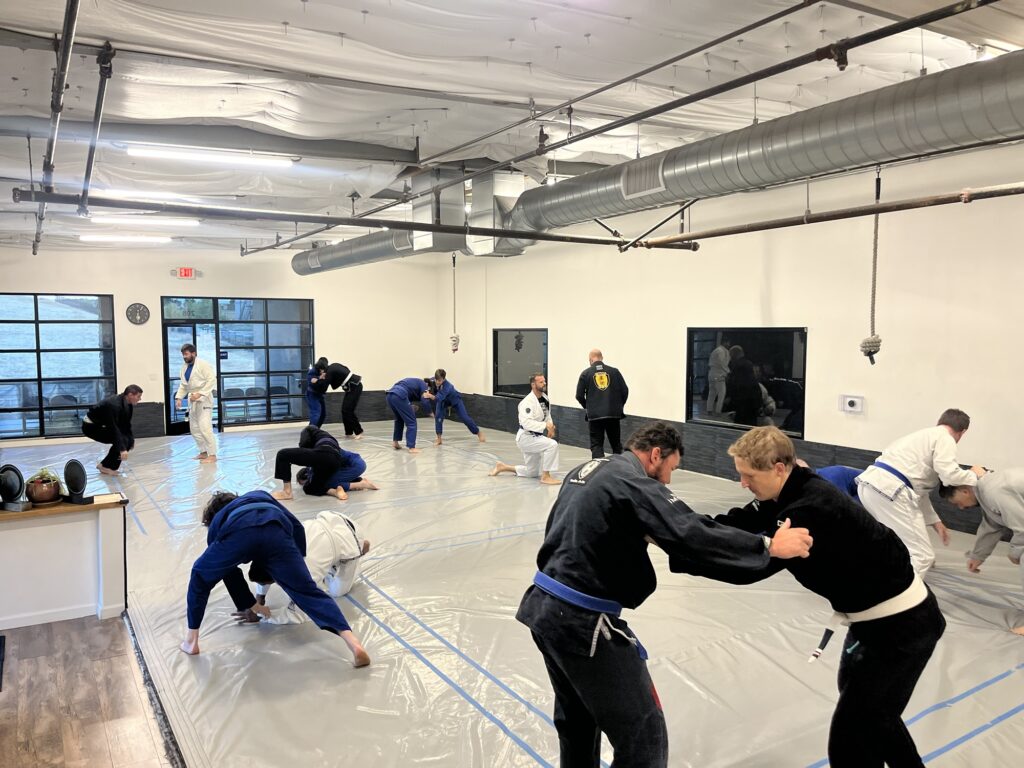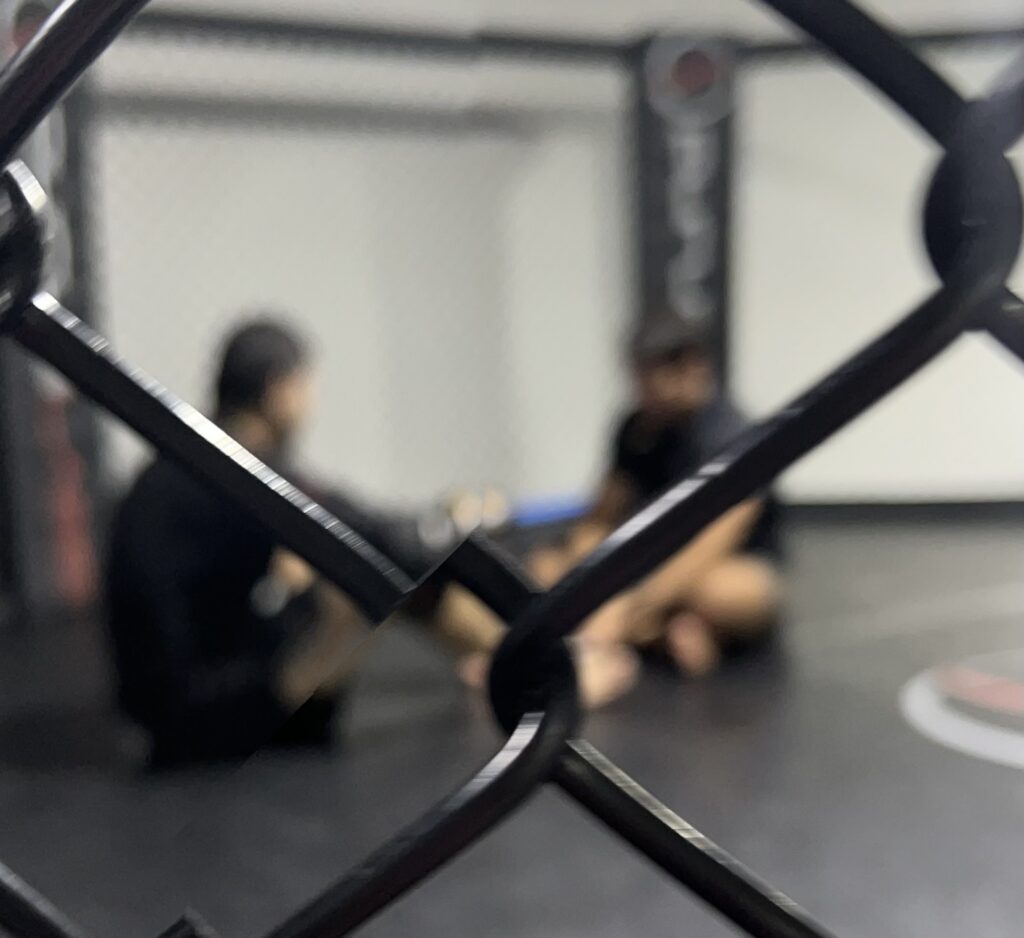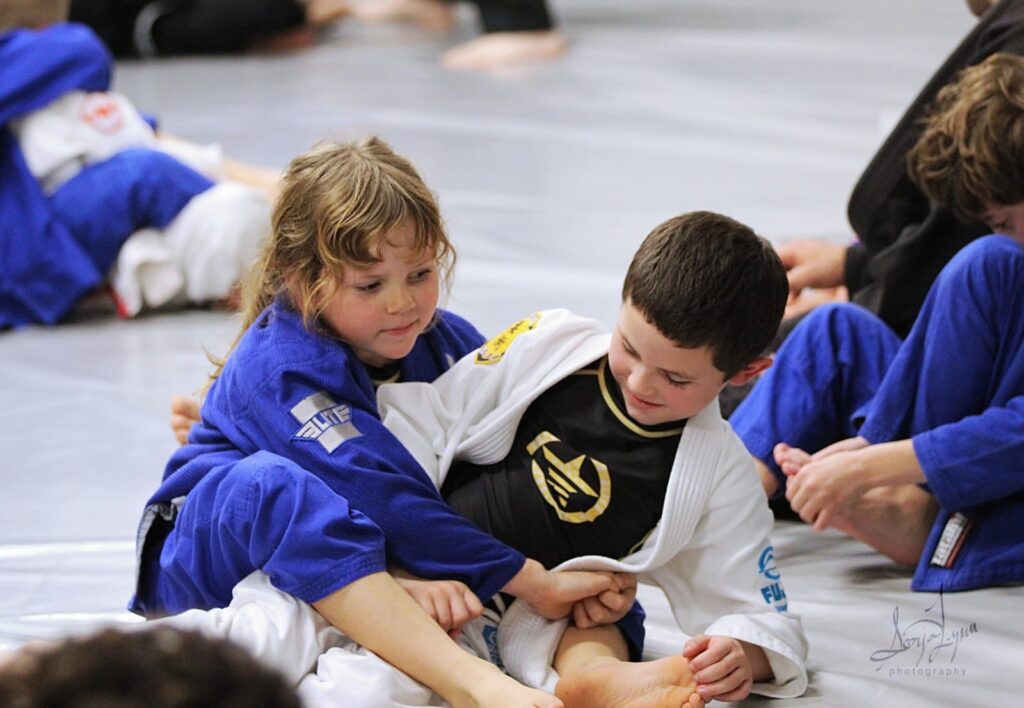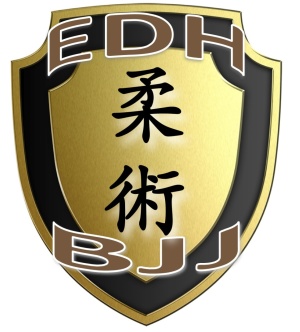
On November 12, 1993, the world of martial arts was forever changed with the debut of UFC 1. This inaugural event was not just a spectacle of mixed martial arts (MMA) but a pivotal moment that highlighted the effectiveness of Brazilian Jiu Jitsu (BJJ) and provided key insights that continue to shape the training and strategies at El Dorado Hills Jiu Jitsu.
1. The Dominance of BJJ
One of the most significant takeaways from UFC 1 was the dominance of BJJ. Royce Gracie, representing the Gracie family and BJJ, emerged as the victor by employing techniques that were relatively unknown to the wider MMA community at the time. His success demonstrated the effectiveness of ground-fighting and submission grappling, underscoring the importance of incorporating BJJ techniques into a comprehensive martial arts curriculum.
At El Dorado Hills Jiu Jitsu, we emphasize the core principles and techniques demonstrated. Our training focuses on not only perfecting submissions but also on the fundamentals of positional control and leverage that proved crucial in UFC 1.
2. The Evolution of MMA Training
UFC 1 highlighted the need for fighters to be well-rounded and proficient in various disciplines. While BJJ was showcased prominently, the event also underscored the importance of integrating other martial arts techniques, such as striking and wrestling, to create a more complete fighter.
This lesson has shaped our approach at El Dorado Hills Jiu Jitsu. We understand that while BJJ is central to our training, we also encourage our students to explore and integrate other disciplines. By doing so, our practitioners can develop a more versatile skill set, improving their overall effectiveness both in competition and self-defense scenarios.
3. The Importance of Strategy and Adaptability
UFC 1 was also a lesson in strategy and adaptability. Royce Gracie’s ability to adapt his techniques and strategies to different opponents and situations was a key factor in his success. This adaptability is a crucial component of BJJ and is something we instill in our students.
In our classes, we focus not just on executing techniques but also on understanding when and how to apply them. We teach our students to read their opponents and adjust their approach accordingly, echoing the strategic adaptability that was so evident in UFC 1.

4. The Role of Discipline and Conditioning
The physical and mental conditioning of fighters was another lesson from UFC 1. Royce Gracie’s performance was a testament to the rigorous training and conditioning that goes into preparing for high-level competition.
At El Dorado Hills Jiu Jitsu, we emphasize the importance of discipline and conditioning in our training regimen. We believe that a well-conditioned body and a disciplined mind are essential for achieving success on the mats and in life.
5. The Growth of the Sport
Finally, UFC 1 marked the beginning of the rapid growth and evolution of MMA as a sport. The event brought attention to the effectiveness of BJJ and opened the door for further exploration of various martial arts styles.
As a martial arts academy, we are excited to be part of this evolving sport. We stay informed about the latest developments and incorporate new insights into our training programs, ensuring that our students benefit from the ongoing growth and innovation in the world of MMA.

UFC 1 was a groundbreaking event that provided valuable lessons for martial artists and enthusiasts alike. At El Dorado Hills Jiu Jitsu, we continue to learn from the pioneers of the sport and apply these lessons to our training. By emphasizing the principles of BJJ, encouraging well-rounded skill development, fostering adaptability, and prioritizing discipline, we aim to honor the legacy of UFC 1 and contribute to the ongoing evolution of martial arts.
